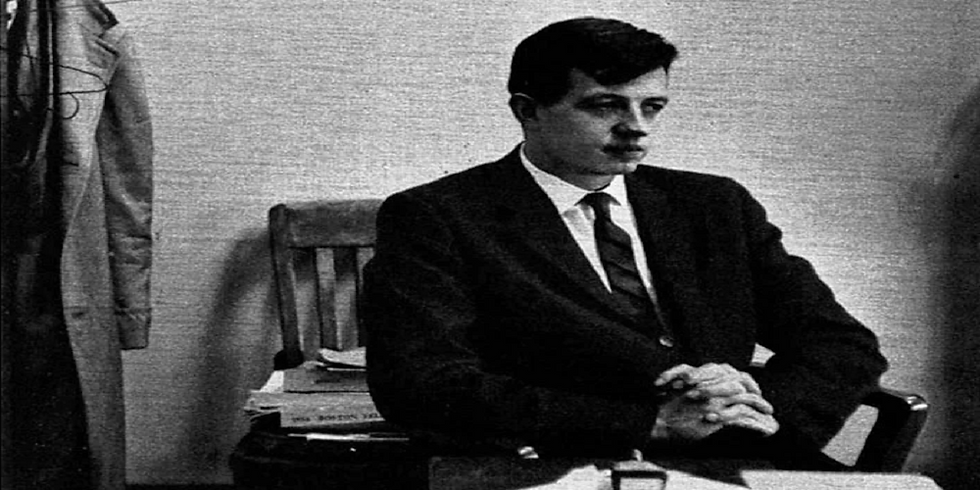Eat That Frog! Chapter Main Points
- bookeygetbooks
- Mar 17, 2023
- 4 min read

1Introduction
Eat That Frog! is a book that provides valuable insights and practical techniques for managing time more effectively and achieving goals. The book is organized into different chapters that cover key concepts and techniques for time management, prioritizing tasks, and overcoming procrastination. We will focus on the chapters that discuss time management strategies and overcoming procrastination. The time management strategies include planning and time-blocking techniques, focusing on key result areas and high-value tasks, and using constraints to increase focus and productivity. The chapter on overcoming procrastination covers identifying unproductive forms of procrastination, strategies for creative procrastination and focusing on high-value tasks, and developing a mindset of action and progress towards goals.
2.1Time Management Strategies
2.1.1Planning and time-blocking techniques for improved productivity
2.1.1.1Daily Planning
The book emphasizes the importance of planning your day in advance. Take a few minutes each night to make a to-do list for the next day. This will help you stay organized and focused on your priorities.
2.1.1.2Weekly Planning
In addition to daily planning, the book also suggests doing a weekly review and planning session. This involves reviewing your progress from the previous week and setting goals for the upcoming week.
2.1.1.3Time-Blocking
Time-blocking involves setting aside specific blocks of time for different tasks or activities. This can help you avoid distractions and stay focused on your priorities. Use a calendar or planner to schedule your time blocks, and make sure to include breaks.
2.1.1.4Pomodoro Technique
The Pomodoro Technique is a time-management approach that has gained popularity for its effectiveness in improving focus and productivity. The method involves breaking down work into focused 25-minute intervals, followed by a short break. After four Pomodoros, which is four rounds of work and break intervals, a longer break is taken. By working in short, uninterrupted bursts, this technique helps to minimize distractions and increase focus, ultimately leading to better productivity and output.
2.1.1.5Parkinson's Law
Parkinson's Law states that work expands to fill the time available for its completion. To combat this, set tighter deadlines for yourself to increase your efficiency.
2.1.2Focusing on key result areas and high-value tasks
Key result areas are the few activities that account for most of your results, and identifying them is crucial for effective time management. The author suggests using the 80/20 rule to identify key result areas, which states that 80% of your results come from 20% of your activities. Once you have identified your key result areas, it is essential to prioritize high-value tasks that contribute to these areas. By focusing on high-value tasks, you can make the most of your time and achieve better results.
2.1.3Using constraints to increase focus and productivity
Constraints can be in the form of deadlines, limited resources, or specific guidelines that limit your choices and force you to prioritize and make decisions quickly. By setting constraints, you can eliminate distractions and narrow your focus, which can increase your efficiency and help you achieve your goals more effectively. The author suggests that constraints can be particularly helpful in situations where you might be tempted to procrastinate or get distracted by low-priority tasks. By setting specific deadlines or allocating a limited amount of time to a task, you can increase your motivation and focus and get more done in less time.
2.2Overcoming Procrastination
2.2.1Identifying unproductive forms of procrastination
The author suggests that individuals can identify unproductive forms of procrastination by first becoming more aware of their own behaviors. This can be done by keeping a log of how time is spent throughout the day or week, including how much time is spent on specific tasks and activities. The author also suggests paying attention to how often certain activities are repeated, as well as how much time and energy is spent on low-priority tasks compared to high-priority ones. By analyzing these patterns, individuals can identify which behaviors are productive and which are not. Additionally, the author suggests seeking feedback from colleagues, friends, or family members who may be able to provide an objective perspective on which behaviors are hindering productivity.
2.2.2Strategies for creative procrastination and focusing on high-value tasks
The author offers strategies for creative procrastination and focusing on high-value tasks. One such strategy is to identify the difference between productive and unproductive procrastination. Productive procrastination involves delaying low-value tasks in favor of high-value tasks, while unproductive procrastination involves wasting time on activities that do not contribute to one's goals. The author also recommends prioritizing tasks based on their importance and creating a to-do list to stay organized. Another strategy is to break down large tasks into smaller, more manageable steps to make progress towards the goal. The author also suggests taking breaks and practicing self-care to maintain motivation and avoid burnout. By implementing these strategies, individuals can overcome procrastination and focus on tasks that will help them achieve their goals.
2.2.3Developing a mindset of action and progress towards goals
The author encourages readers to shift their focus from simply completing tasks to making progress towards their long-term goals. To achieve this mindset, the author suggests breaking down larger goals into smaller, more manageable tasks and setting specific and measurable goals. He also emphasizes the importance of taking action and making progress each day, even if it is just a small step forward. By developing a mindset of progress, individuals can overcome procrastination and achieve their goals more effectively.
3Conclusion
In conclusion, "Eat That Frog!" provides practical strategies and techniques for better time management and increased productivity. The book emphasizes the importance of setting goals aligned with personal values, prioritizing tasks, and overcoming procrastination. By implementing planning and time-blocking techniques, focusing on key result areas and high-value tasks, and using constraints to increase focus, readers can effectively manage their time and accomplish their goals. Additionally, identifying unproductive forms of procrastination and developing a mindset of action and progress can lead to increased productivity and overall success. Overall, this book offers valuable insights and tools for anyone seeking to improve their time management skills and achieve their goals.


















Comments